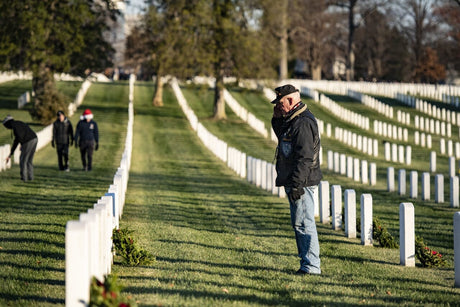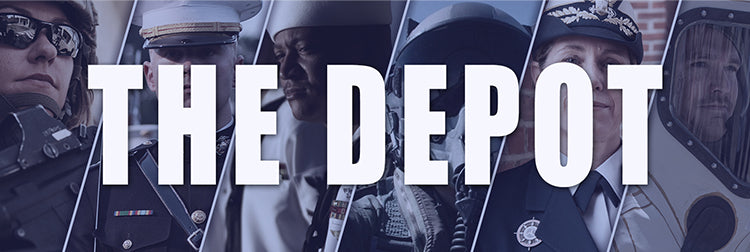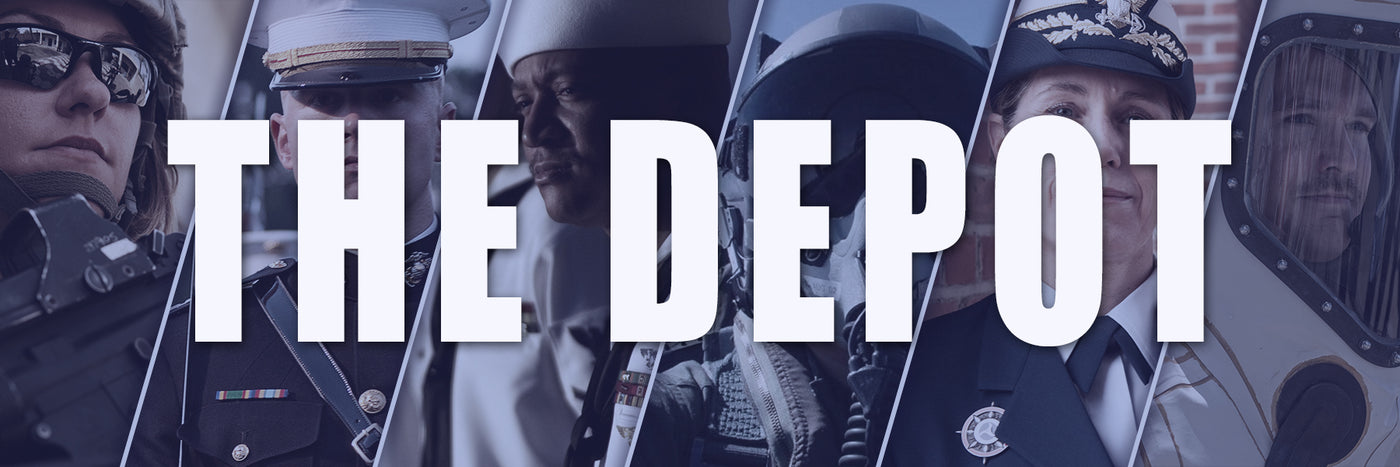
4 Types of Veterans You Should Know About
There are 4 types of veterans of the U.S. armed forces. U.S. Code, Title 38, defines a veteran as a person who served in the active military, naval, air, or...
Blog Staff |
ARMED FORCES SUPER STORE 1-877-653-9577 | 8 - 7 CST MON-FRI



There are 4 types of veterans of the U.S. armed forces. U.S. Code, Title 38, defines a veteran as a person who served in the active military, naval, air, or...
Blog Staff |
Your cart is empty
Start shoppingSubtotal:$ 0.00 USD
Loading...